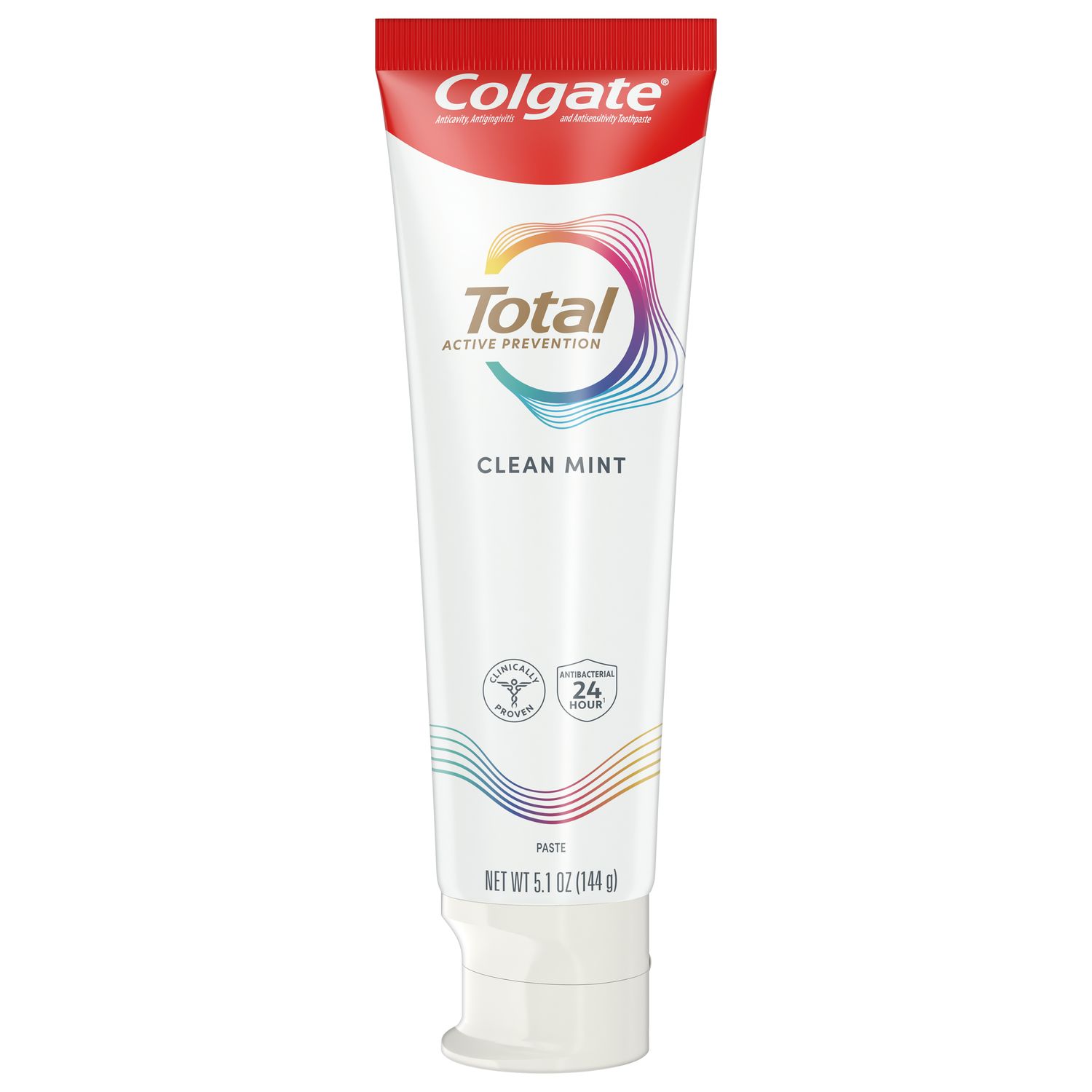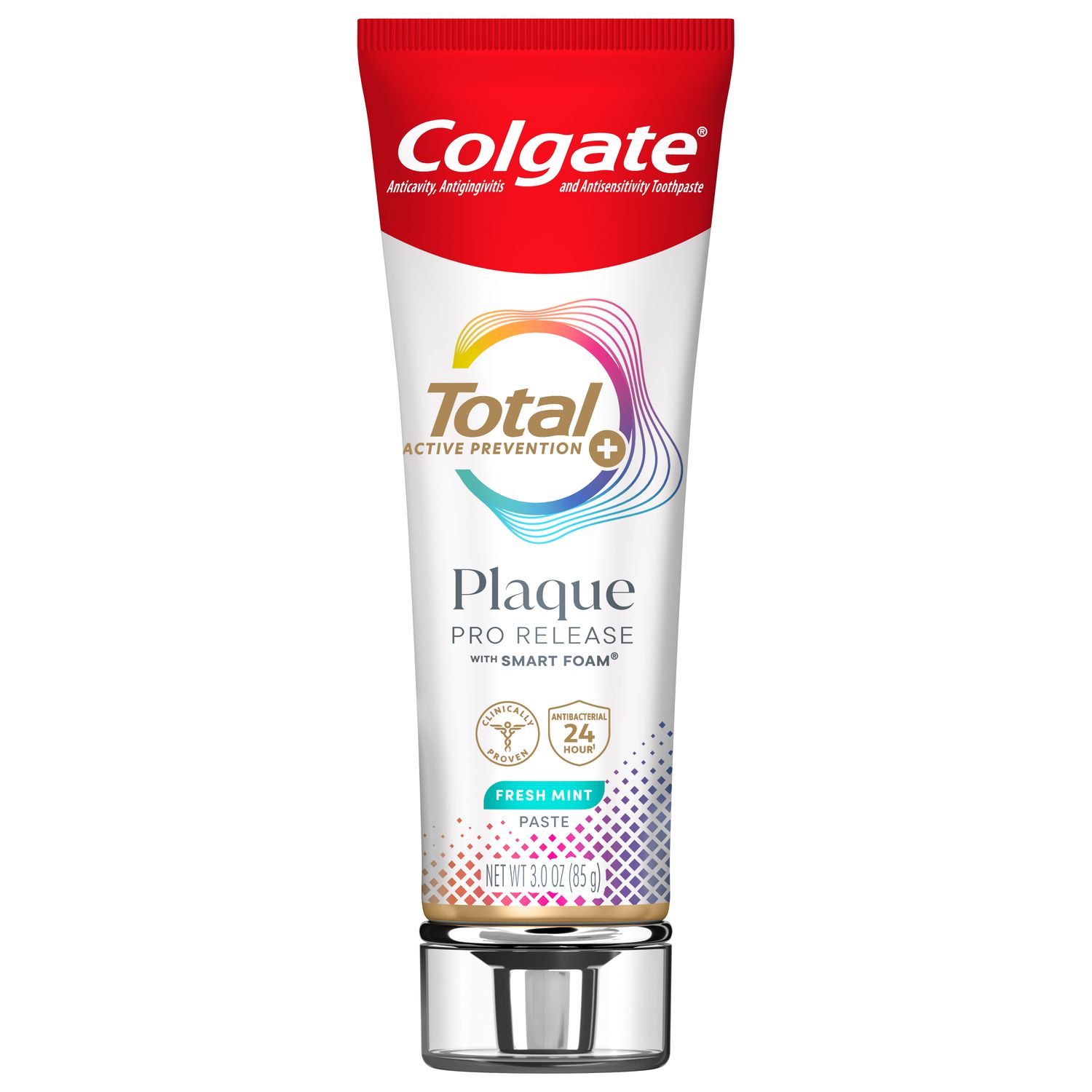
Xerostomia (dry mouth) is a major issue for oral health, often the result of taking medications with dry mouth as an adverse event. Polypharmacy – defined as a medication count of five or more medications – further increases the likelihood of patients experiencing dry mouth and its severity. In this article, we’ll look at the substantial number of common medications causing xerostomia, the extent and impact of polypharmacy, and the implications for caries prevention and management.
Medications and mechanisms of action
Salivary production relies on the release of neurotransmitters. Acetylcholine is released by the parasympathetic nerves, and responsible for stimulating the release of large volumes of fluid in saliva, i.e., the serous component. The protein-rich more viscous component of saliva is stimulated by the release of noradrenaline by the sympathetic nerves. These neurotransmitters are each impacted by numerous medications. Among the 100 most frequently prescribed medications, more than four-fifths include xerostomia as a frequent adverse event.
Medication-induced xerostomia is largely the result of anticholinergic drugs (impacting acetylcholine activity), many of which are commonly used, including tricyclic antidepressants, antipsychotics, antiparkinson medications, antispasmodics, opioids, and antihistamines. Other drugs affect the sympathomimetic system, including antihypertensives, newer anti-depressants (serotonin agonists, or noradrenaline and/or serotonin re-uptake blockers), decongestants (e.g., pseudoephedrine contained in cold medicines), bronchodilators, and appetite suppressants. In addition, other medications result in dehydration and electrolyte imbalances, or damage the salivary glands, also causing xerostomia.
Polypharmacy and xerostomia
We often think of polypharmacy in association with elderly adult groups. However, it is also common in younger age groups, including those with neuropsychiatric disorders. Further, more individuals at various stages of life are living longer with (often multiple) chronic health conditions, increasing the number of individuals affected by polypharmacy. In addition, the unwelcome contribution of the recent pandemic became evident, with increased numbers of individuals reporting depression/anxiety and stress-related disorders, along with increased use of medications with xerostomia as a side effect.
Polypharmacy and xerostomia are reported to be common in adults ages 45 to 64 years-of-age, with more than half of individuals in a recent study found to be taking at least 5 anticholinergic medications and up to 14, most commonly including antidepressants and antipsychotics. Similarly, in a study of 1,900 older individuals more than half were taking between 5 and 9 medications, with a further 10% taking 10 or more medications. Polypharmacy also increased the percentage of individuals experiencing xerostomia, with a clear dose-response relationship. In another data set for individuals 65 years-of-age and older, 38.5% of participants reported having xerostomia. Additionally, polypharmacy increased the percentage of participants reporting xerostomia for individuals taking between 4 and 6 medications, doubled the percentage reporting xerostomia among people taking 7 to 10 medications compared to those taking less than 4, and tripled it for those taking eleven or more medications.
Xerostomia and dental caries
Xerostomia increases risk for dental caries. Increased levels of polypharmacy correlates with increased xerostomia and is also associated with greater caries experience.
Since reduced salivary flow reduces the amount of calcium, phosphate, and fluoride ions available from saliva, this impacts the ability to inhibit demineralization during acid attacks and to promote remineralization when the pH rebounds. In addition, reduced salivary flow reduces salivary buffering capacity, enabling a more rapid and severe dip in pH as well as prolonging the time during which the pH remains below the critical level for demineralization of dental hard tissues. Indeed, new incipient lesions in a patient who was previously caries-free can be signs of the effects medications your patient started taking after their last visit.
Managing patients with elevated caries risk
Given that patients with xerostomia, and more so those experiencing polypharmacy, are at elevated risk for dental caries, an increased focus on oral hygiene, diet, and prevention is essential.
For patients at increased risk for caries, in-office application of 5% sodium fluoride varnish is recommended. Home use of a prescription-level 5000 ppm fluoride toothpaste is also recommended for once-daily use. Where available, one option is PreviDent 5000 Dry Mouth which is formulated specifically for patients with dry mouth. In some geographic regions, another option is toothpaste containing 2,800 ppm fluoride. In addition, fluoride therapy is recommended for the non-restorative management of existing caries lesions.
Conclusions
Xerostomia is a major health issue, further compounded by polypharmacy. It is essential to review updated medical records, understand xerostomia as an adverse event for many medications, and to ask patients if anything has changed since their last recall to help uncover these risk factors for dental caries.
Prompt interventions using fluoride therapy, together with counseling on the effects of medications and the need for thorough oral hygiene and healthy dietary habits, helps to prevent incipient lesions and to arrest and reverse existing caries lesions in at-risk patients.
Join us
Get resources, products and helpful information to give your patients a healthier future.
Join us
Get resources, products and helpful information to give your patients a healthier future.













